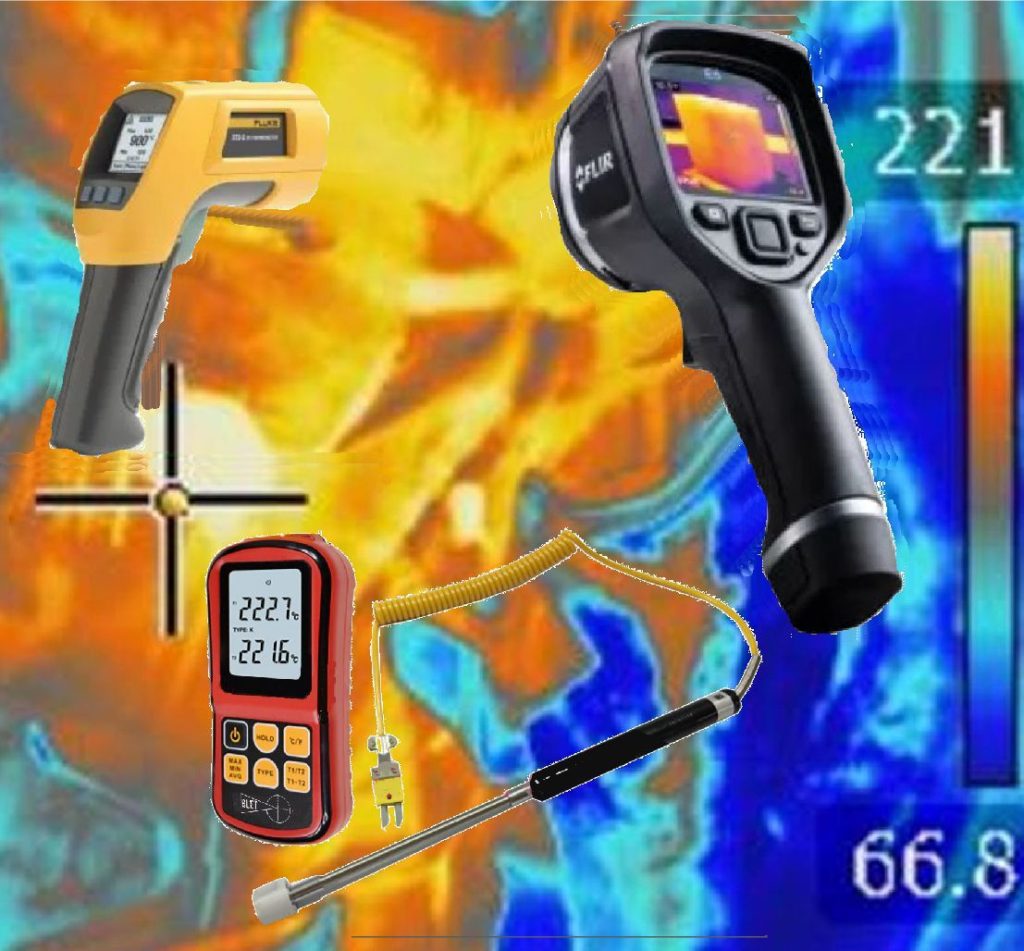
Most die casters realize that it is necessary to have the die at the right temperature to make good castings. This is partially true. The temperature of most of the die really does not matter. Process temperature control only applies to die surfaces when they touch molten metal. The good news is that the instruments for measuring the process significant temperatures on the die surface are both accurate and affordable
It would be convenient if a constant uniform die temperature yielded the best casting results, Unfortunately the opposite is true. Commercially acceptable scrap rates only occur when a thermal pattern is implemented. I suspect this is why casting plants specialize in certain types of castings. They can embed their die thermal design experience in new jobs such that they are running profitably sooner.
It is easy to be overwhelmed by the amount of temperature data that a tool such as an infrared camera can generate, The picture shown on this post is an infrared temperature scan of one side of a structural casting die. The die surface temperature in the picture varies between 66 and 221C in this die region. Actually I was in the process of increasing this range to simultaneously reduce poor fill (hotter die) and reduce soldering (colder die)
Most die casters use a water based release agent. When water based lube is used, die surface temperature in metal contact areas must be above 100c which is the boiling point of water. The ejector die around ejector pins usually must be less than 205C to avoid ejector pin seizing. This is a normal struggle area because the majority of the heat added solidifying metal ends up in the ejector die. Cover dies end up too cold because the shrinkage of the metal during solidification creates a gap which blocks further heat transfer between the part and the cover dies about half way through dwell. Hot oil is commonly used in cover die thermal passages because the cover die surface temperatures can be between 100C and 375C
It has been only recently that simulation software has be able to predict steady state die surface temperature. This is the starting point for engineering thermal passages to achieve desired temperatures. Up to this point control of die surface temperature was left to the caster who sprayed the die
